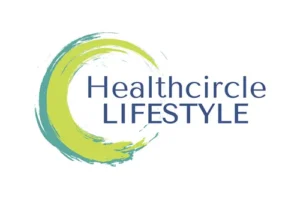The inaugural F1 Academy season took place largely out of the public gaze, with only the final weekend of competition broadcast live as the championship raced alongside F1 at the United States Grand Prix.
But this season all seven events will feature on the F1 support bill.
In a move similar to the now defunct W Series, season two sees the introduction of FIA superlicence points, the recognition that part of the entry requirement for F1.
A total of 10 points will be awarded to the championship-winning driver, seven for the runner-up, five for third, three for fourth and one for fifth. The minimum requirement to race in F1 is 40.
The rewards on offer in F1 Academy rank the championship on a level jogging with GB3 and the NASCAR Xfinity Championship, but behind F4 competitions, where the winner receives 12 points and points are awarded to the top seven drivers.
Wildcard entries will also become commonplace this year, with PREMA set to operate a fourth car which will feature young talent from the host region. This talent will be identified by the championship and will be eligible to score championship points.
Martha Garcia
Photo by: Prema Powerteam
“After a positive inaugural season we are making two significant steps forward for 2024,” said F1 Academy managing director, Susie Wolff.
“Our top five drivers receiving FIA superlicence points is a testament to the strength of F1 Academy’s on-track proposition and will help fuel their progression as they move up the single-seater pyramid.
“The introduction of the wildcard entrants will promote regional talent, engage with local communities, and increase the talent pool in the regions in which we race which will be important for our long-term growth and ensure we are creating even more opportunities for women to “get involved in our sport.”
To further driver progression, drivers will be limited to two seasons in F1 Academy, preventing stagnation and ensuring there is no block on emerging talent from joining the grid.


